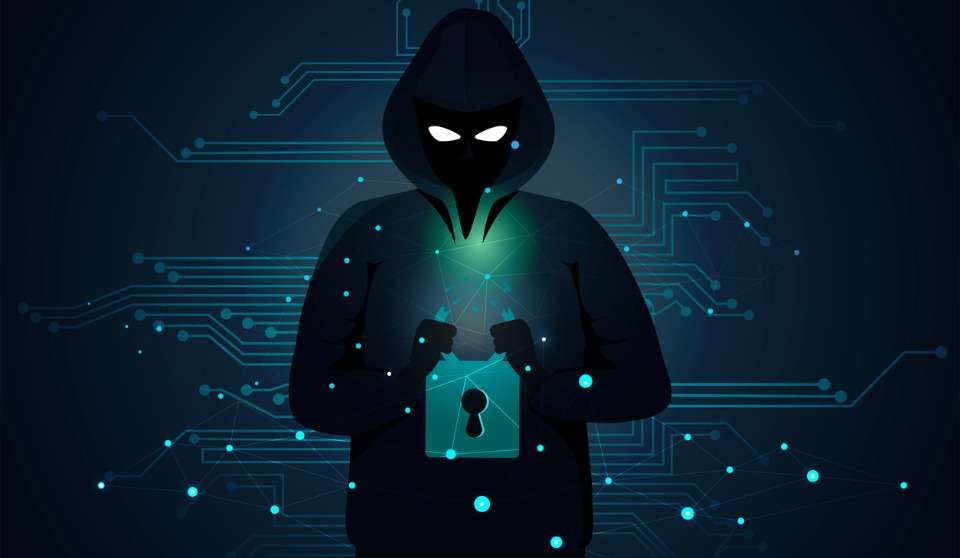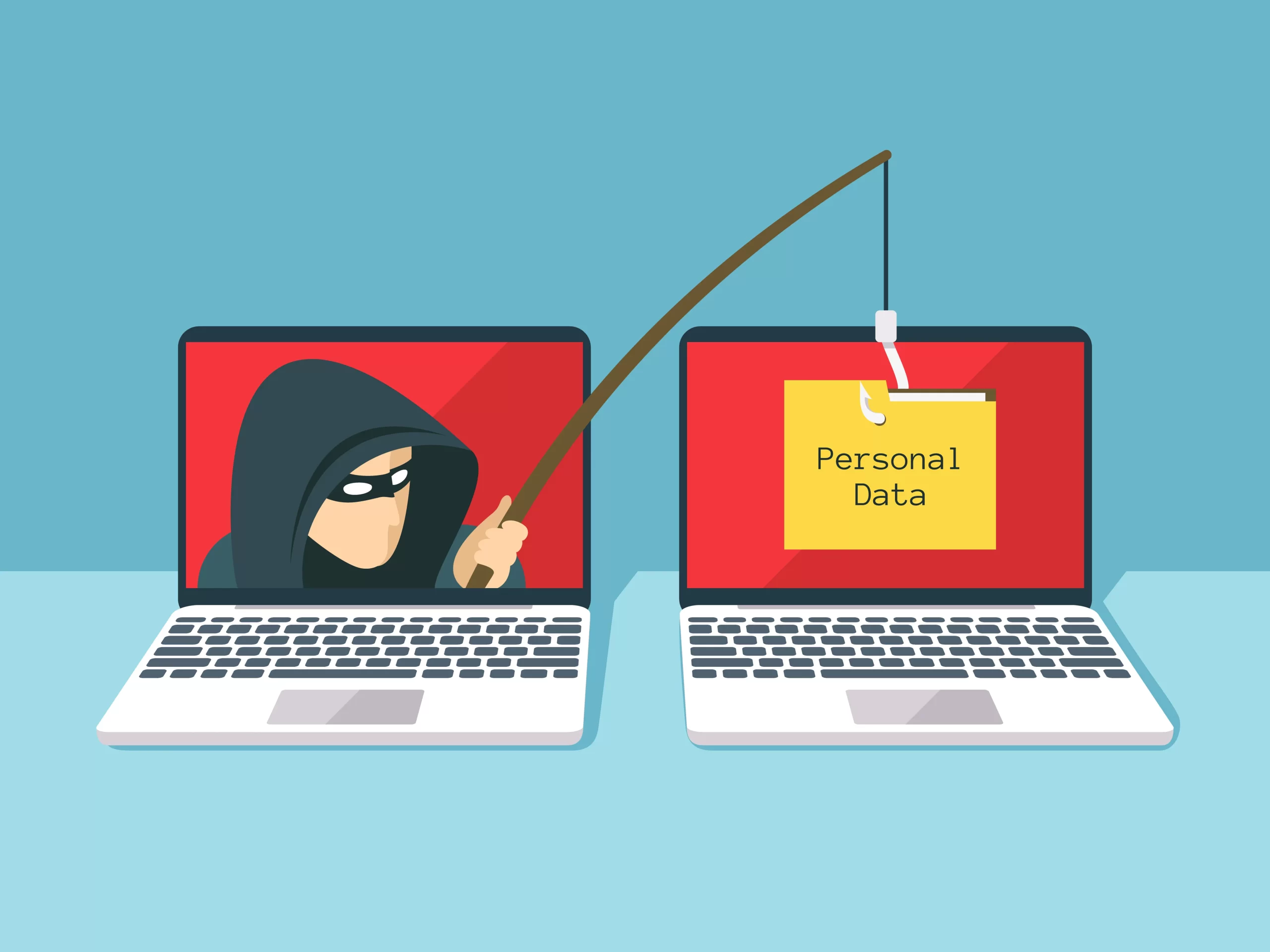What is a Phishing Attack: In today’s digital age, phishing attacks have become a prevalent form of cybercrime. It is a form of social engineering in which cybercriminals attempt to deceive individuals into divulging sensitive data, such as personal details and login credentials. These attacks often occur through deceptive emails, messages, or websites that impersonate legitimate entities, tricking recipients into providing confidential data unknowingly.
What is a Phishing Attack
Phishing attacks target individuals and organizations, making it essential for everyone to be vigilant and aware of the tactics used by hackers.

Phishing Attack Examples
Phishing attacks can take various forms, and cybercriminals constantly evolve their tactics to increase their success rates. Some common examples of phishing attacks include:
a. Email Phishing:
A cybercriminal sends fraudulent emails pretending to be from a legitimate source, such as a bank, social media platform, or government agency. These emails typically contain urgent or enticing messages, encouraging recipients to click on harmful links or download malicious attachments.
b. Spear Phishing:
Spear phishing is a targeted attack where hackers focus on specific individuals or organizations. They gather information about their targets from social media or other sources to craft personalized and convincing messages, increasing the likelihood of success.
c. Whaling:
Whaling attacks are a specialized type of spear phishing that targets high-level executives or individuals with significant authority within an organization. Cybercriminals attempt to deceive these individuals into revealing sensitive company information or authorizing financial transactions by impersonating CEOs or other prominent figures.
d. Vishing:
Vishing, or voice phishing, involves using phone calls to deceive individuals into revealing sensitive information. Scammers often pretend to be legitimate representatives from banks or government agencies, persuading victims to disclose their personal data over the phone.
e. Smishing:
Smishing is a form of phishing conducted through SMS or text messages. Cybercriminals send fraudulent texts containing malicious links or instructions to call a specific number, leading to potential data theft or financial fraud.
Phishing Techniques Used by Hackers
Phishing attacks employ various techniques to manipulate and deceive their targets. Some common techniques used by hackers include:
a. Spoofed Websites: Cybercriminals create fake websites that closely resemble legitimate ones, tricking users into entering their login credentials or financial information.
b. Urgency and Fear Tactics: Phishing emails often create a sense of urgency or fear to prompt immediate action from recipients. They may claim that the recipient’s account is compromised or that they need to verify their information urgently.
c. Email Spoofing: Hackers use email spoofing to forge the sender’s address, making it appear as if the email is from a trusted source.
d. Social Engineering: Phishing attackers use psychological manipulation to exploit human behavior and emotions, encouraging users to act impulsively without considering the consequences.
e. Malicious Attachments: Phishing emails may contain malicious attachments that, when opened, install malware on the victim’s device.
How to Prevent Phishing Attacks
Preventing phishing attacks requires a combination of vigilance, awareness, and technical measures. Here are some effective steps to protect yourself and your organization:
a. Educate Users: Disclose the risks of phishing attacks to individuals and employees, and teach them how to identify suspicious emails, messages, or websites.
b. Verify Links: Hover over links in emails before clicking on them to see the URL. It is best not to click on links in emails from unknown or suspicious senders.
c. Enable Multi-Factor Authentication (MFA): To protect your online accounts more effectively, enable MFA whenever possible.
d. Install Security Software: Use reputable antivirus and anti-malware software to detect and block phishing attempts.
e. Keep Software Updated: Regularly update operating systems, browsers, and applications to patch security vulnerabilities.
f. Report Suspicious Emails: Encourage users to report suspicious emails to the IT department or relevant authorities.
g. Implement Email Filters: Employ email filters and firewalls to block phishing emails from reaching recipients’ inboxes.
h. Limit Public Information: Be cautious about sharing personal information on social media or public platforms that attackers could use for spear phishing.
Hire Ethnos to Protect Your Applications
Protecting your applications and digital assets from phishing attacks requires expert guidance and comprehensive security measures. Ethnos, a trusted cyber security company, offers top-notch services and solutions to safeguard your organization from different forms of cyber threats, including phishing attacks.
Ethnos’s Approach to Phishing Attack Prevention:
a. Phishing Assessments: Ethnos conducts thorough phishing assessments to identify potential vulnerabilities within an organization.
b. Employee Training: Ethnos provides comprehensive training programs to educate employees about phishing attacks and best practices to prevent them.
c. Email Security Solutions: Ethnos implements advanced email security solutions to block phishing emails and ensure the safe delivery of legitimate messages.
d. Incident Response:
In the event of a phishing attack, Ethnos’s incident response team acts swiftly to contain the threat and mitigate potential damage.
Phishing attacks continue to pose a significant threat to individuals and organizations alike. As a result of these deceptive and manipulative acts, cybercriminals can cause severe consequences, including data breaches, financial loss, and reputational damage. Awareness of different phishing attack techniques and implementing preventive measures are crucial in protecting yourself and your organization from these scams. Additionally, partnering with a reputable cyber security company like Ethnos can provide expert guidance and comprehensive solutions to safeguard your applications and digital assets from phishing attacks, ensuring a secure and protected digital environment for your operations.



